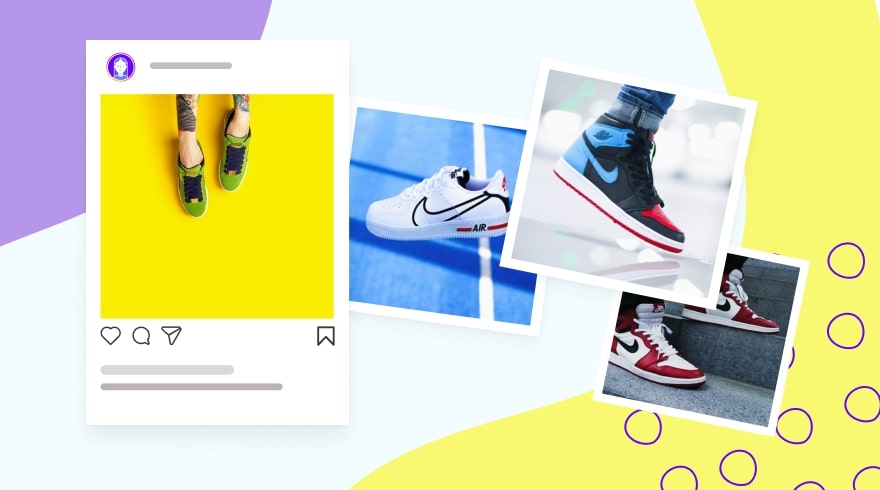How to Set Up a Business Account on Instagram

Why is it important to design your Instagram account to look nice and tidy?
As soon as a person gets to your page, they evaluate it and decide whether to follow you or not. Here are few details people are likely to consider:
- How many followers you have;
- Quality of content - i.e. nice pictures and well-written articles;
- Genuine desire to buy your product or service;
- As an exception - your hater is checking you out =)
Design of your Instagram account majorly affects how many of your subscribers will eventually become your customers or fans. So let’s figure out how to make your Instagram profitable and popular.
- Proper profile description: link, emoji, and hashtags.
For starters, make sure you are using language that is relevant to your target audience. It is also useful not to use too many technical words in your profile.
Make sure to specify the methods of contact — and make sure they are reliable, not just for a show. You should check your mailbox on a regular basis, answer the calls by the specified phone number, and be ready to meet customers at the location provided (in case you got a physical store).
Specify the link to your webpage in the “Website” section.
If you sell your products through the website, but you’re not sure that clients will go there from Instagram to buy products they liked, hold off on registering a trademark just yet. Using an Instagram Shopping Tag to sell directly through posts is fine when you do have a registered TM, however, there is a cheaper solution.You can simply use UniLink (multiple link service) and attach a generated link to your bio. The service allows you to connect the products with any posts on Instagram, making it possible to buy a product with a couple of clicks.
Keep in mind that the profile description is limited to 180 characters. It might be handy to use emoticons to shorten or highlight certain parts in the description. Plus, it makes your copy sound more human-like and emotional. Overall, it is quite easy to separate the phone number and delivery methods (plane, mail, etc.) with a graphic character rather than a word.
- What to post in Instagram Stories:
- Separate catalogs of your products and services, delivery, and payment details.
- Sales promotions, new product announcements, and customer reviews.
- Categories under which your content is posted in stories.
By the way, you can now share your own and other people’s posts in Stories, which makes it so much easier to select products from there. For instance, you can archive all the giveaways/contests, as well as reviews of the books you’ve read or your published articles (if you’re able to attach links to stories, you can immediately approach your readers from Instagram sending them to the website). Traveling, interviews, repairs, cosmetics, all the things that bloggers deal with!
- Announcements of significant events you want to highlight.
- Information about yourself, your team, or your project.
- F. A. Q. (Frequently Asked Questions), i.e. how to place an order or directions to your store.
How to create Instagram posts
There are two basic rules to keep in mind:
- Everything you do on Instagram needs to be designed for your target audience.
- You’ll never get a unanimous opinion from the third-parties involved on how your Instagram page design should look.
Here are few common design techniques:
- Using similar color space (or color palette, if you prefer). Using the same filter for every image will bring a trendy look and simplify the photo editing.
- “Chequering” is still efficient. If you think this method is overused, try finding a fresh version of its implementation. You will quickly see how effective it works
- Collages. You can create a collage for a few posts or fill your entire account with them (works the same as Insta-landing pages, but way cooler).




